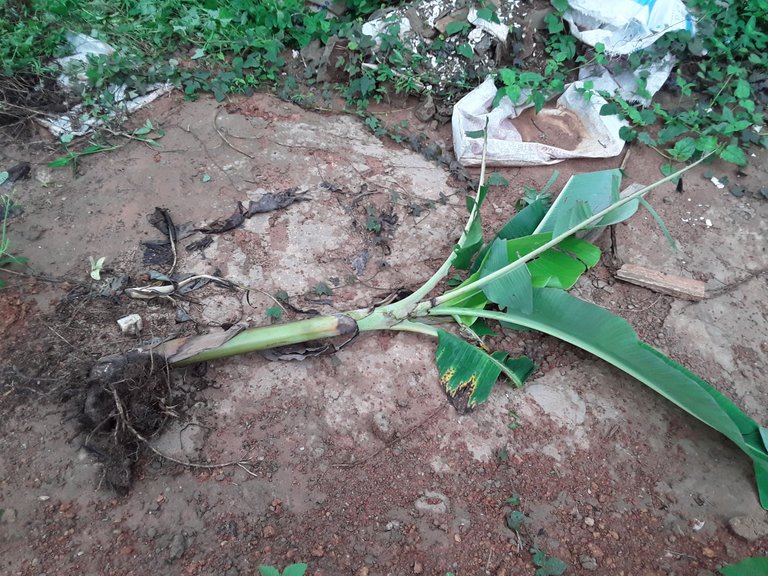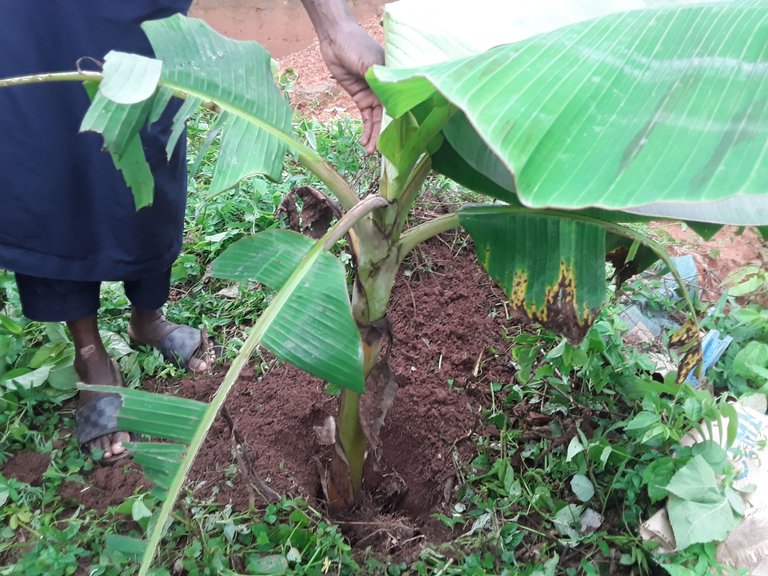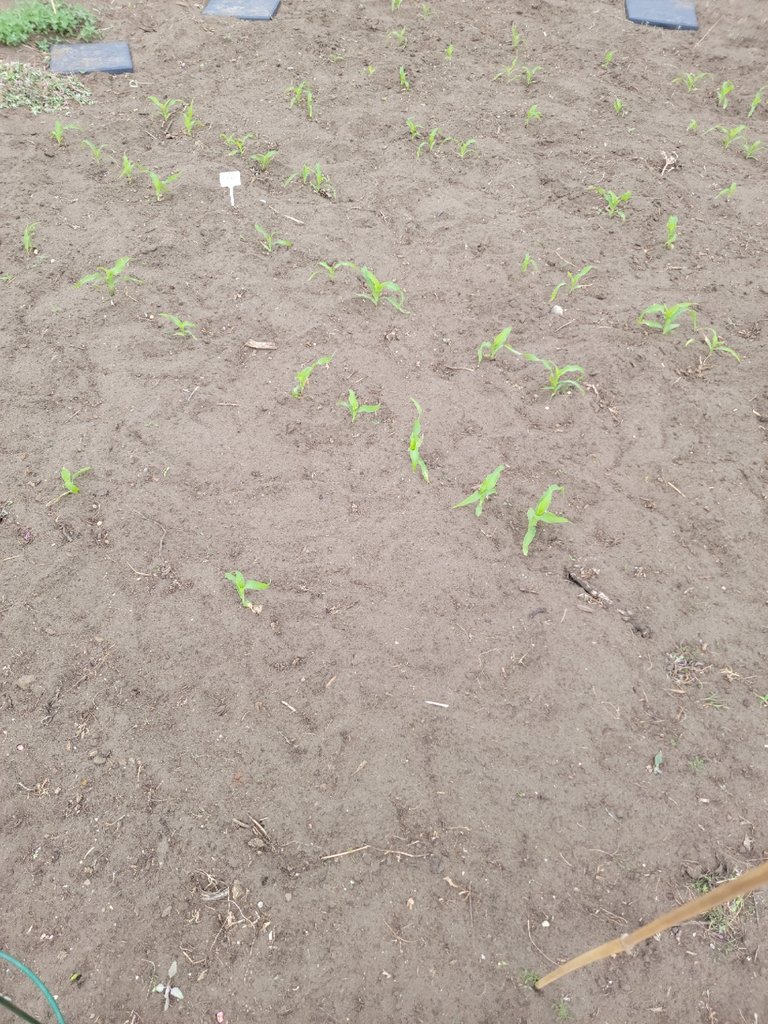We are currently in the rainy season as far as the climate in Nigeria is concerned. The country is located within the tropical zone, hence, we have 2 distinct seasons - rainy and dry seasons. The rainy season lasts about 8 to 10 months, between late February and early December while the dry season lasts 2 to 4 months, from early December to late February.

We live in a perilous time in the country, not only regarding the security situation but also in food inflation. Thus, the rainy seasons offer an opportunity to plant crops, if not for commercial purposes, but for personal consumption. Apart from the fact that it will grant individuals a level of financial relief, it will also help reduce demand pressure on food items in the market, lowering food inflation as a result.
This is actually my orientation and I decided to practice what I preach by planting plantain and maize a few days ago. While the life cycle of maize from germination to the maturity of the maize cobs takes a maximum of 3 months, banana takes much more time. In actual fact, the banana sucker I planted around this time last year is just about to start flowering, meaning that more than one growing season is required for the plant to get to the harvesting stage.
Maize is propagated by seeds and hence, planting was as straight forward just digging very shallow holes and dropping 3 to 4 seeds. The aim is to have 2 to 3 maize plants at each point, thus, one might need to thin down the field in case there are more than 3 plants per point.

Propagating plantain is not as straightforward. Currently, only a few plantain varieties can be propagated from seeds and this feat was actually made possible by extensive scientific research. Others are only propagatable by transplanting their suckers because the numerous seeds found in their fruits are highly immature. Young suckers are detached from the parent plants using appropriate tools. However, some cautions need to be observed before deciding which sucker to detach from the parent for transplanting:
Parent plants that are not firmly grounded should not have their suckers detached. Otherwise, a light wind might end up uprooting the parent plant.
Care should also be taken in removing suckers from parent plants that are already fruiting. It can weaken the parent plant and cause it to tilt over since the weight of the plantain bunch itself is enough to bend the stem to bend sideways.
After successfully removing a couple of suckers, I proceeded to the site where the planting is to be done. Planting is better done immediately after a period of precipitation so that the ground will be soft enough to dig the required hole. In addition, water being readily available in the soil means that the newly transplanted sucker will hit the grousing running barring a couple of days for acclimatization.
The circumference and depth of the hole to be dug for each sucker depend on the size of their roots. At least, the depth and the circumference should be enough to accommodate the entire root with only the stem left to be above the ground. Once the plantain plants start producing young suckers, these can be removed and transplanted with utmost caution observed so as not to damage the parent plants.

Why plantain though? Plantain fruits can be used to produce a wide variety of foods. Unripe plantain can be fried/boiled and eaten and has been found to be very rich in iron and other important body nutrients. Ripe plantain can also be boiled, baked, roasted, or fried to make different food varieties. Unripe plantain can also be sliced into smaller pieces, dried to remove moisture, and then pulverized to form plantain flour. Plantain flour is locally used to make 'amala', bread, and some other known foods.






